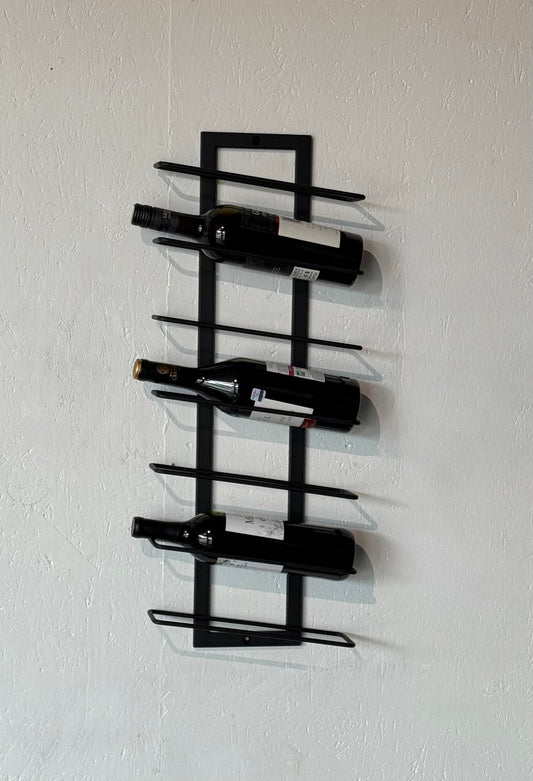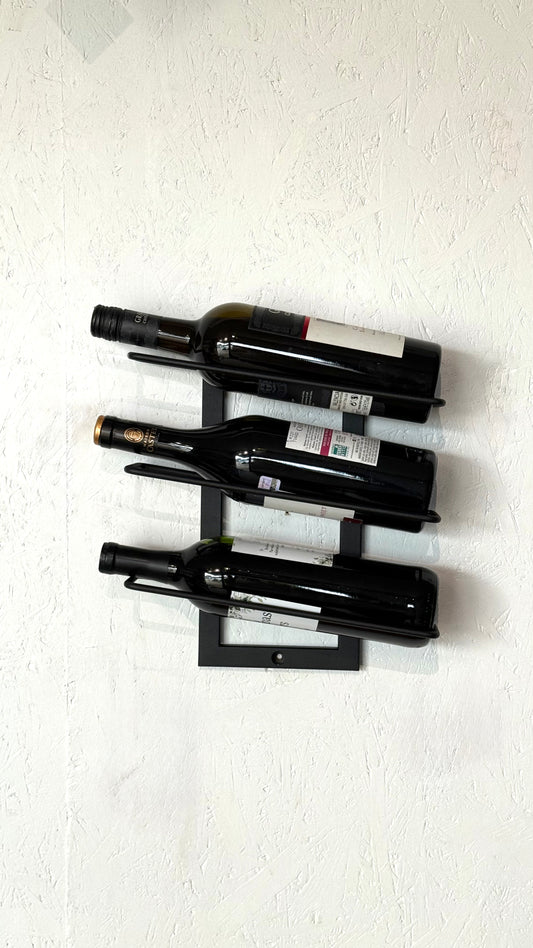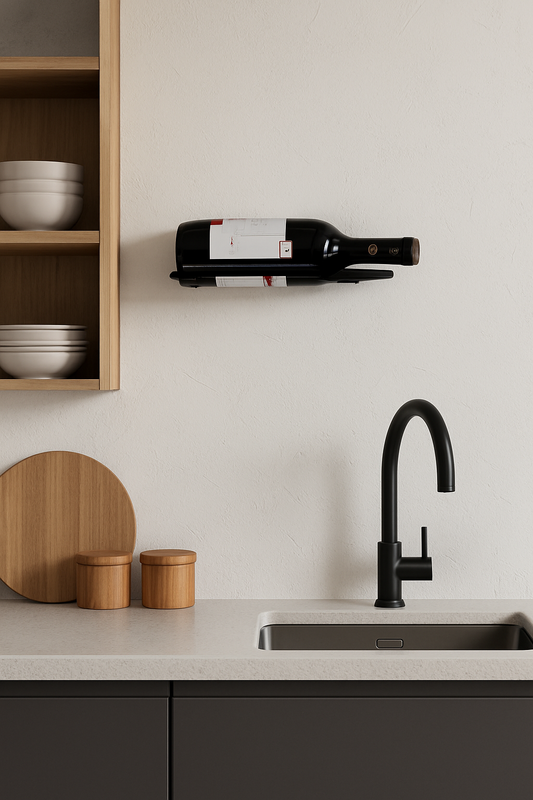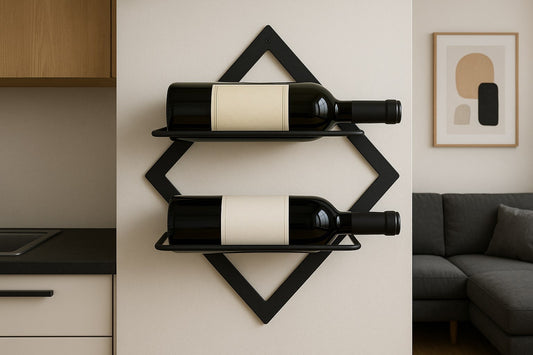The Center of Your World: The Ultimate Guide to Finding the Perfect Coffee Table
In the ecosystem of the living room, the sofa may be the comfortable continent where we relax, but the coffee table is the central island around which all life orbits. It's the functional heart of the space, a landing pad for drinks, books, remote controls, and conversations. Yet, for such a pivotal piece of furniture, choosing the right one can be a surprisingly daunting task. A perfect coffee table must strike a delicate balance between form and function, complementing your decor while serving your everyday needs.
An ill-chosen coffee table can disrupt the flow of a room, feel awkwardly out of scale, or simply fail to provide the utility you require. Conversely, the right one can anchor your seating area, tie all your design elements together, and elevate the entire space from merely furnished to beautifully curated. This ultimate guide is designed to demystify the selection process, exploring everything from shapes and materials to the golden rules of sizing and placement, ensuring you can confidently choose a coffee table that you will love for years to come.
Table of Contents
- More Than a Surface: The Role of the Modern Coffee Table
- The Functional Core of Your Living Room
- The Aesthetic Anchor of Your Design
- A Guide to Coffee Table Shapes and Their Impact on Your Room
- The Classic and Versatile Rectangular Coffee Table
- The Sociable and Safe Round or Oval Coffee Table
- The Modern and Minimalist Square Coffee Table
- The Unique and Artistic Organic or Freeform Coffee Table
- Popular Coffee Table Styles to Define Your Space
- The Warm and Inviting Rustic Farmhouse Coffee Table
- The Raw and Edgy Industrial Coffee Table
- The Clean and Elegant Mid-Century Modern Coffee Table
- The Sleek and Uncluttered Contemporary Coffee Table
- Choosing the Right Material for Your Coffee Table
- The Timeless Beauty of a Wood Coffee Table
- The Modern Strength of a Metal Coffee Table
- The Airy Sophistication of a Glass Coffee Table
- Other Noteworthy Materials for a Unique Coffee Table
- How to Choose the Perfect Size Coffee Table: The 3 Golden Rules
- Rule #1: The Height Rule
- Rule #2: The Length Rule
- Rule #3: The Placement Rule
- Functionality First: Considering the Storage Coffee Table and Beyond
- Conclusion: Completing Your Room with the Ideal Coffee Table
- Frequently Asked Questions (FAQs) about Choosing the Perfect Coffee Table
More Than a Surface: The Role of the Modern Coffee Table
To make the best choice, it's essential to first appreciate the multifaceted role of the modern coffee table. Its job extends far beyond what its name suggests, evolving into a true multi-purpose centerpiece.
The Functional Core of Your Living Room
On a pragmatic level, a coffee table is a workhorse. It is, of course, the designated spot for your morning coffee or evening wine. But it also serves as a library for your favorite art books, a display for cherished objects, a casual dining spot for pizza night, and even a makeshift desk for your laptop. For families, it can be a durable surface for board games or a child's art projects. Therefore, its material and durability must align with the demands of your lifestyle.
The Aesthetic Anchor of Your Design
Visually, the coffee table is the piece of furniture that physically connects your seating arrangement. It occupies the central space, drawing the eye and grounding the entire room. Its style, shape, and material have a profound impact on the overall aesthetic. A heavy, dark wood table creates a sense of tradition and permanence, while a sleek glass-and-chrome table introduces a feeling of lightness and modernity. It's a key opportunity to make a deliberate style statement that reinforces your design vision for the entire space.
A Guide to Coffee Table Shapes and Their Impact on Your Room
The shape of your coffee table is one of the first and most important decisions you'll make, as it directly influences traffic flow, safety, and the overall feel of your living area.
The Classic and Versatile Rectangular Coffee Table
The rectangular coffee table is the most traditional and popular choice for good reason. Its shape naturally complements the long lines of a standard sofa, providing ample, easily accessible surface area for everyone seated. It's an excellent choice for larger living rooms where it can fill the space adequately without feeling lost.
The Sociable and Safe Round or Oval Coffee Table
A round or oval coffee table introduces soft, curved lines into a room, providing a pleasing contrast to the typically rectangular shapes of sofas and media consoles. These shapes are fantastic for improving traffic flow, as there are no sharp corners to bump into—a significant advantage for households with young children or in smaller spaces. Round tables are particularly good at fostering a conversational and communal atmosphere.
The Modern and Minimalist Square Coffee Table
A square coffee table works beautifully with a sectional sofa or a seating arrangement with two sofas facing each other. It provides a sense of symmetry and balance, and its surface area is typically reachable from all seats. Square tables often have a modern, grounded feel and can make a bold statement in a room.
The Unique and Artistic Organic or Freeform Coffee Table
For those looking to make a truly unique statement, an organic or freeform coffee table is an exceptional choice. Often crafted from a live-edge wood slab, a slice of stone, or an abstract sculptural base, these tables act as functional art. They introduce a natural, untamed element into the room, becoming an instant conversation starter and a testament to individual style.
Popular Coffee Table Styles to Define Your Space
The style of your coffee table should be a harmonious extension of your home's overall decor. Here are some of the most popular styles to consider.
The Warm and Inviting Rustic Farmhouse Coffee Table
Characterized by sturdy construction, natural wood grains, and often a slightly distressed finish, the rustic coffee table exudes warmth and comfort. These pieces are typically substantial and practical, often featuring lower shelves or drawers for storage. They are built to be lived with and loved, perfect for a cozy, family-friendly environment.
The Raw and Edgy Industrial Coffee Table
The industrial style celebrates raw materials and utilitarian design. An industrial coffee table often features a stunning juxtaposition of a solid wood top with a robust metal base, frequently made of steel. Details like exposed bolts, caster wheels, and raw or blackened metal finishes are common. These tables are incredibly durable and bring a chic, urban-loft vibe to any space.
The Clean and Elegant Mid-Century Modern Coffee Table
Mid-Century Modern design, popular from the 1940s to the 1960s, is defined by clean lines, organic shapes, and minimalist ornamentation. A classic Mid-Century coffee table often features tapered wooden legs, a simple top (sometimes with a kidney or abstract shape), and a focus on beautiful, natural wood like teak or walnut.
The Sleek and Uncluttered Contemporary Coffee Table
A contemporary coffee table is all about the now. This style emphasizes simplicity, clean profiles, and a lack of clutter. Materials like glass, polished metal, and lacquered finishes are common. These tables are often low-profile and may incorporate minimalist storage or have a simple, sculptural form.
Choosing the Right Material for Your Coffee Table
The material of your coffee table dictates its durability, maintenance requirements, and visual weight.
The Timeless Beauty of a Wood Coffee Table
Wood is a perennial favorite for its warmth, durability, and natural beauty. Solid wood tables made from oak, walnut, or maple are lifetime investments, while options like mango or acacia wood offer unique grains and more accessible price points. A high-quality wood coffee table can be the heart of a room, and for those seeking a truly bespoke piece, artisans who masterfully combine materials can create something extraordinary. For example, the craftsmen at GJ Steel and Wood specialize in creating stunning furniture from solid wood and custom-fabricated steel, producing industrial and rustic coffee tables that are both art and functional furniture.
The Modern Strength of a Metal Coffee Table
A metal coffee table can be a sleek, minimalist statement or a rugged, industrial anchor. Steel is incredibly strong and can be finished in countless ways, from a raw, dark patina to a crisp, powder-coated color. Aluminum is lightweight and rust-resistant, while brass or gold-toned metals can add a touch of glamour.
The Airy Sophistication of a Glass Coffee Table
A glass-top coffee table is a brilliant choice for smaller spaces, as its transparency creates a sense of openness and light. It allows you to showcase a beautiful rug underneath and makes a room feel less cluttered. While elegant, it does require frequent cleaning to remove fingerprints and may not be the most practical choice for homes with very active children.
Other Noteworthy Materials for a Unique Coffee Table
- Stone: Marble, travertine, or slate tops offer a luxurious and earthy feel but can be heavy and porous, requiring sealing.
- Concrete: Provides a modern, industrial look and is extremely durable, though also very heavy.
-
Upholstered (Ottomans): A large upholstered ottoman with a sturdy tray on top is a popular, multi-functional alternative to a traditional coffee table.
How to Choose the Perfect Size Coffee Table: The 3 Golden Rules
Proper scaling is perhaps the most critical—and most often overlooked—aspect of selecting a coffee table. Following these three golden rules, lauded by interior design authorities like Architectural Digest, will ensure a perfect fit.
Rule #1: The Height Rule
Your coffee table should be approximately the same height as the cushions on your sofa, or 1 to 2 inches lower. A table that is too high or too low will look and feel awkward. This ergonomic standard ensures that it's comfortable to reach for a drink or place down a book from a seated position.
Rule #2: The Length Rule
To maintain a sense of visual balance, your coffee table should be about two-thirds the length of your sofa. If you have a large sectional, the same rule applies to the longest section of the sofa. A table that is too small will feel insignificant, while one that is too long will dominate the space and hinder movement.
Rule #3: The Placement Rule
Ensure you leave enough clearance around your coffee table for comfortable movement. The ideal distance between the edge of your coffee table and the front of your sofa is between 14 and 18 inches—close enough to reach, but far enough for adequate legroom.
Functionality First: Considering the Storage Coffee Table and Beyond
Before you make your final decision, consider any specific functional needs you have. A storage coffee table can be a lifesaver in smaller living rooms. Look for options with drawers, a lower shelf, or a lift-top mechanism that reveals a hidden compartment—perfect for stashing away remotes, magazines, and other clutter. A lift-top coffee table also offers the ergonomic benefit of raising to a comfortable height for dining or working on a laptop from the sofa.
Conclusion: Completing Your Room with the Ideal Coffee Table
The coffee table is more than just furniture; it's the anchor of your living room, a piece that facilitates connection, conversation, and the quiet moments of everyday life. By thoughtfully considering its shape, style, material, and—most importantly—its scale, you can choose a piece that not only meets your functional needs but also completes your design vision.
Take the time to measure your space, assess your lifestyle, and find a piece that speaks to you. The perfect coffee table is out there, waiting to become the beautiful, practical, and beloved center of your home.
Frequently Asked Questions (FAQs) about Choosing the Perfect Coffee Table
1. How do I choose the right size coffee table?
Follow the three golden rules: The height should be equal to or 1-2 inches lower than your sofa cushions. The length should be about two-thirds the length of your sofa. And you should leave 14-18 inches of space between the coffee table and the sofa.
2. What is the best material for a coffee table with kids?
For homes with children, durability and safety are key. A solid wood coffee table is very durable and can be refinished if scratched. A round or oval shape is ideal to avoid sharp corners. Upholstered ottomans are also a great, soft alternative.
3. Should my coffee table match my end tables?
They don't have to match, but they should coordinate. A cohesive look can be achieved if they share a common element, such as material, color, or style. For instance, you could pair a rustic wood coffee table with black metal end tables for a balanced industrial look.
4. How high should a coffee table be?
The standard rule is that the surface of your coffee table should be within 1-2 inches of the height of your sofa's seat cushions. This typically puts the ideal height between 16 and 18 inches for most standard sofas.
5. Can I use an ottoman as a coffee table?
Absolutely! A large, firm ottoman is a popular and versatile alternative. Simply place a decorative tray on top to create a stable, flat surface for drinks and decor. This gives you the dual benefit of a soft footrest and a functional coffee table.





